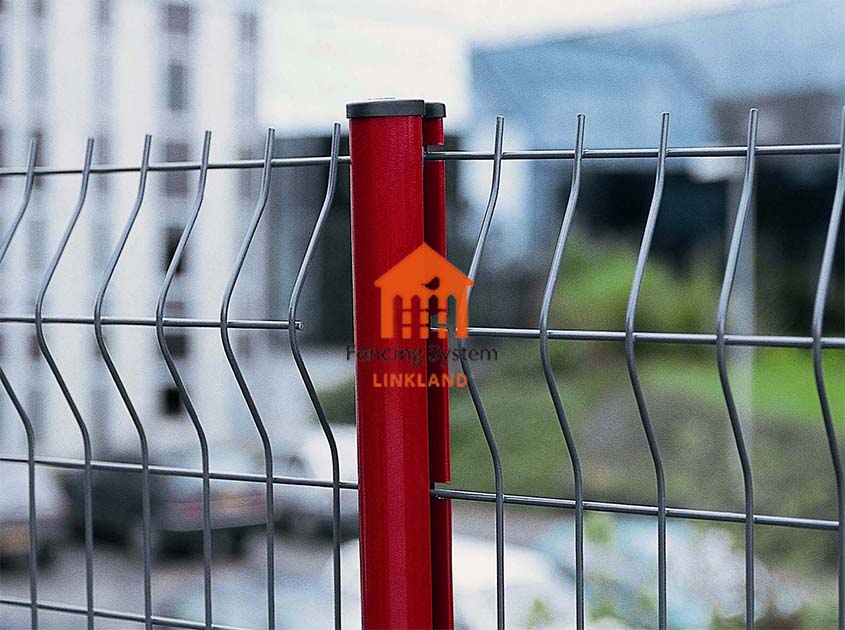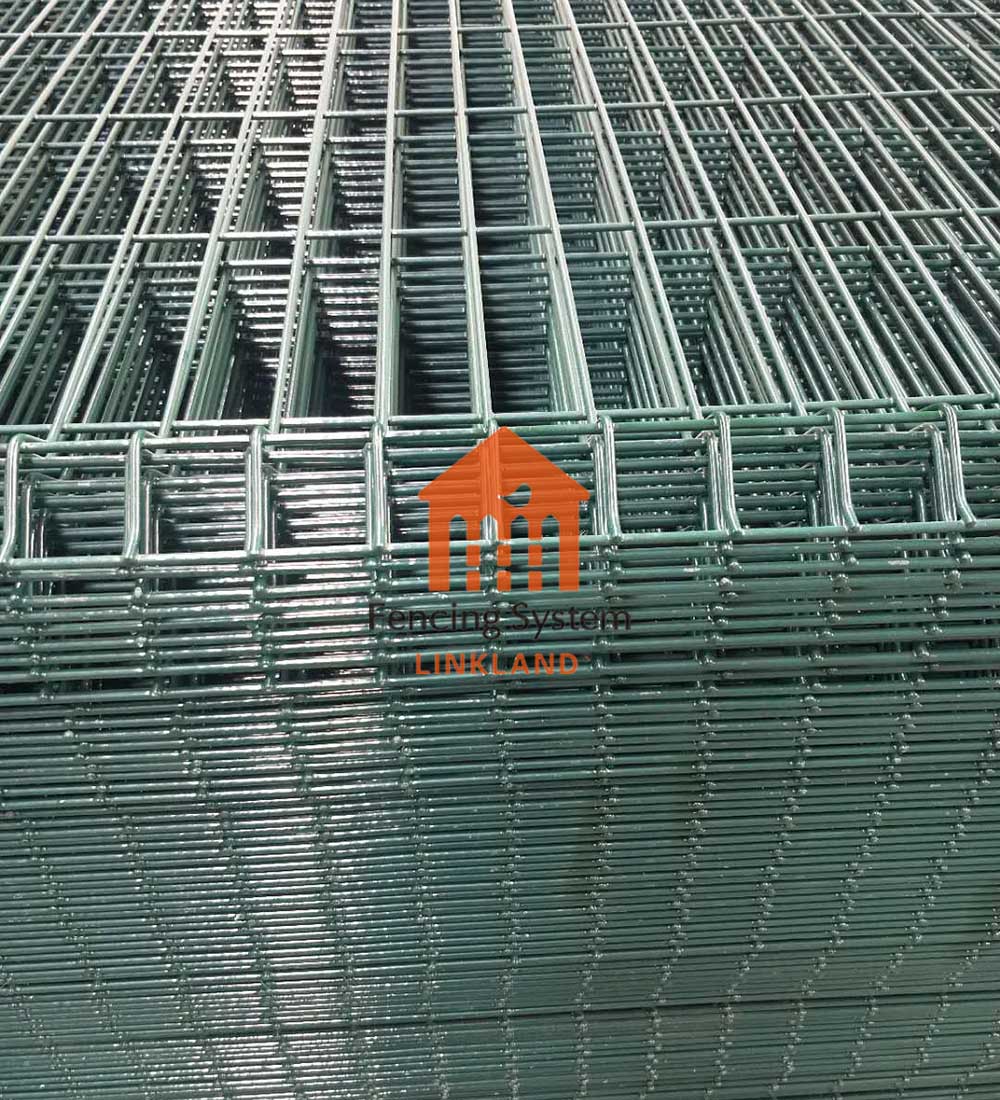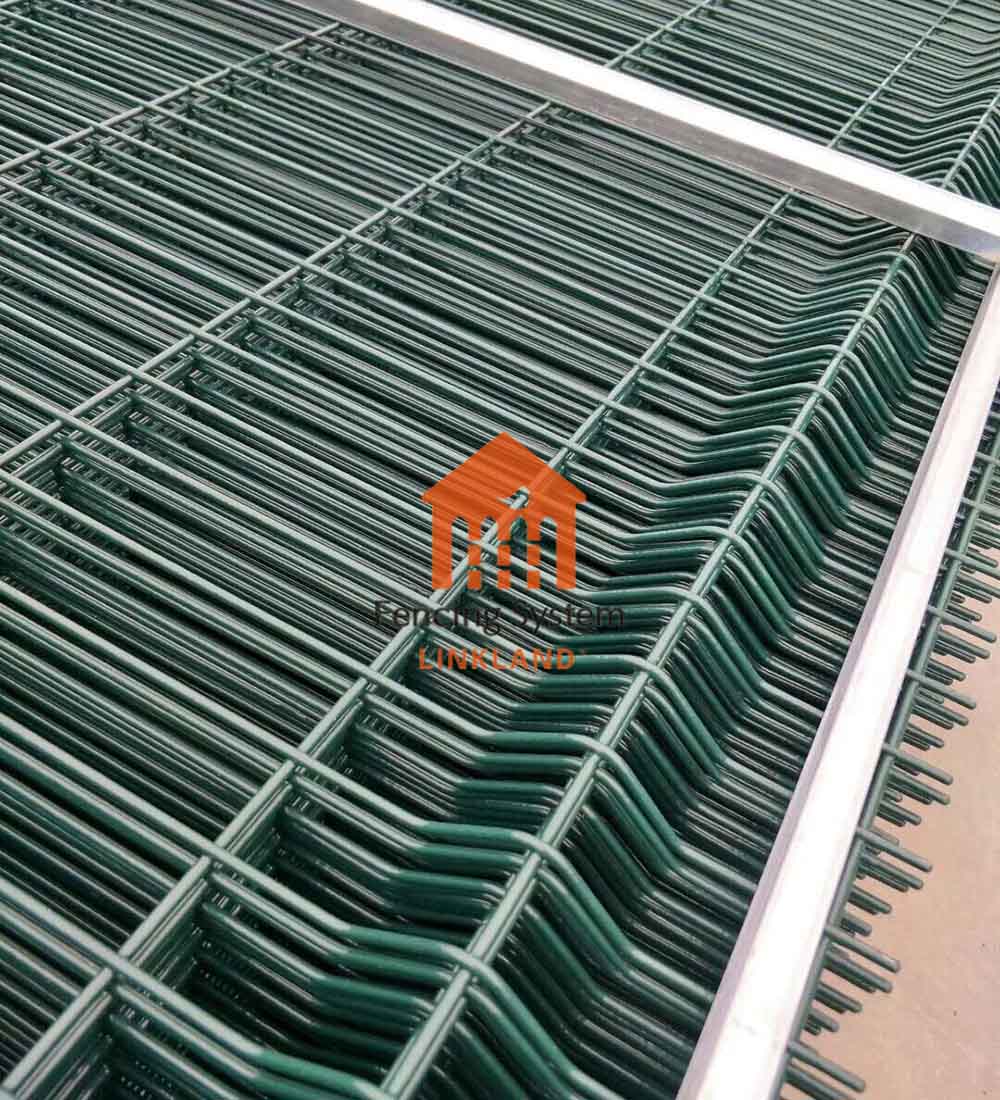Three-dimensional design
One of the scientific principles of the 3D fence system is its three-dimensional design. Compared with the traditional flat fence, the 3D fence system adopts a three-dimensional structure and has higher structural integrity. By adding additional support and connection points both vertically and horizontally, the fence system can withstand greater forces and pressures, providing greater structural stability.

material selection
The science behind the 3D fencing system involves material selection. To ensure structural integrity, fencing systems are often constructed of high-strength materials such as steel or aluminum alloys. These materials have excellent tensile strength and corrosion resistance to withstand the effects of the external environment and maintain the structural stability and durability of the fence.

connection technology
The structural integrity of 3D fencing systems relies on advanced joining techniques. The use of reliable joining methods, such as welding, bolting or special fixing systems, can ensure that the inpidual components of the fence are tightly connected and provide greater structural integrity. These connection technologies are precisely calculated and tested to ensure that the fence remains stable and secure when subjected to external forces.

structural analysis
The scientific principle of the 3D fence system also includes structural analysis. By using tools such as computer-aided design (CAD) and finite element analysis, the structure of the fencing system can be analyzed and simulated in detail. This analysis assesses the structural integrity of the fence and determines how it will perform under different loads and conditions. Structural analysis allows the design of fencing systems to be optimized to ensure optimum structural integrity and safety.
To sum up, the scientific principle of 3D fence system involves three-dimensional design, material selection, connection technology and structural analysis. The application of these principles results in fencing systems with superior structural integrity, able to withstand external forces and pressures, and provide long-lasting security. Understanding these scientific principles is critical to understanding and designing 3D fencing systems.
Pre:Understanding the Mechanics of 3D fence Systems: Structural Design and Stability
Next:3D fence Panels: The Future of High-Security Perimeter Enclosures